Though children spend many hours in school, their teachers often don’t have knowledge about epilepsy. Many are afraid of having students with epilepsy in their classes, which can be a barrier to both effective learning and student inclusion.

news, journals and articles from all over the world.

Though children spend many hours in school, their teachers often don’t have knowledge about epilepsy. Many are afraid of having students with epilepsy in their classes, which can be a barrier to both effective learning and student inclusion.
On 27 May 2022, World Health Organization Member States unanimously approved the Intersectoral Global Action Plan on Epilepsy and other Neurological Disorders (IGAP) at the 75th World Health Assembly in Geneva, Switzerland.
Low-resource areas face multiple challenges to diagnosing and treating long-lasting seizures, or status epilepticus. We talked with neurologists in four countries about how status epilepticus is managed in their areas.
A new study suggests that antidepressant use by mothers during the first trimester of pregnancy does not increase the chances of epilepsy and seizures in babies. The research is published in the May 11, 2022, online issue of Neurology®, the medical journal of the American Academy of Neurology.
Stimulation of certain cerebellar areas could help combat absence seizures.
Since the war began in late February, Ukraine neurologists have been committed to helping citizens with epilepsy, many of whom have lost access to medications and regular care.
He set out to research the effect of polar day-night patterns on seizure frequency and epilepsy. He found something he never expected: a public health crisis in one of the wealthiest countries in the world, relevant to geographically isolated communities and Indigenous peoples.
Despite medications, surgery and neurostimulation devices, many people with epilepsy continue to have seizures. The unpredictable nature of seizures is severely limiting. If seizures could be reliably forecast, people with epilepsy could alter their activities, take a fast-acting medication or turn up their neurostimulator to prevent a seizure or minimize its effects.
A new study in Scientific Reports by Mayo Clinic researchers and international collaborators found patterns could be identified in patients who wear a special wristwatch monitoring device for six to 12 months, allowing about 30 minutes of warning before a seizure occurred. This worked well most of the time for five of six patients studied.
For only the second time in the world, doctors at the University of Chicago Medicine Comer Children’s Hospital and the Department of Neurosurgery used a minimally invasive surgery to disconnect the right and left sides of the brain, stopping the seizures for a boy with epilepsy.
ILAE has published guidelines on classifying seizures and epilepsies, but those classifications don’t account for seizures in newborn babies. Two ILAE task forces spent several years on a position paper that modifies the seizure and epilepsy classifications for neonatal seizures.
Researchers from Case Western Reserve University have identified a potential new approach to better controlling epileptic seizures. Lin Mei, professor and chair of the Department of Neurosciences at the Case Western Reserve School of Medicine, who led the new study in mouse models, said the team found a new chemical reaction that could help control epileptic seizures.
Al igual que la epilepsia, los episodios paroxísticos no epilépticos (EPNE) interfieren en la vida personal, familiar y social de los pacientes.
Se llaman convulsiones, ataques, eventos, episodios pero no son epilepsia. Conocidos por varios nombres, que incluyen convulsiones disociativas, episodios paroxísticos no epilépticos (EPNE) y convulsiones funcionales, pueden ser difíciles de identificar.
Our Asian & Oceanian Epilepsy Congress, June 10-13, covers it all: social issues, diagnosis, treatment, research, and more. Anyone, anywhere can get a top-level, multi-day epilepsy conference delivered to their home or office and participate at their convenience.
Comme l’épilepsie, les crises non épileptiques psychogènes (CNEP) ont des conséquences sur la scolarisation, l’emploi et l’autonomie.

A recent paper in Neurology Clinical Practice offers practical considerations for using the ketogenic diet in patients with seizures that last more than 24 hours, a condition known as super-refractory status epilepticus. ILAE spoke with two of the authors – dietitian Neha Kaul and epileptologist Joshua Laing.

Un artículo reciente en “Neurology Clinical Practice” ofrece consideraciones prácticas para el empleo de la dieta cetogénica en pacientes con estatus epiléptico superrefractario. La ILAE habló con dos de los autores del artículo. (Podcast en ingles; transcripcion en español.)

La dieta cetogénica está emergiendo como una opción de tratamiento potencial para todas las etapas del estado epiléptico (SE), incluido el estado epiléptico refractario y superrefractario.

The ketogenic diet is emerging as a potential treatment option for all stages of status epilepticus, a condition in which seizures persist for more than several minutes.

A recent one-year study found a 35% decrease in seizure frequency in people with epilepsy who listened to an excerpt of Mozart’s Sonata for Two Pianos. Research in animal models also suggests that music has multiple effects on the brain.

More than 75 countries now have at least one ketogenic diet center for the treatment of epilepsy, but most centers are located in high-resource countries. How can lower-income countries establish the ketogenic diet, and what considerations are they facing?

Treating epilepsy with diet is not a new concept, but it’s gained popularity and credibility in the past 25 years.

This rare but life-threatening condition is often due to an autoimmune response. Speedier diagnosis and more effective treatments are priorities.
New research in mice highlights the potential protective effect of microglia—a type of non-neuronal cell in the brain—against overactivation of the central nervous system during acute epileptic seizures. The study is published in the American Journal of Physiology-Cell Physiology.
The ILAE/IBE congresses attract clinicians, researchers, policymakers and advocates from around the world to hear about the latest research and treatment advances in epilepsy.
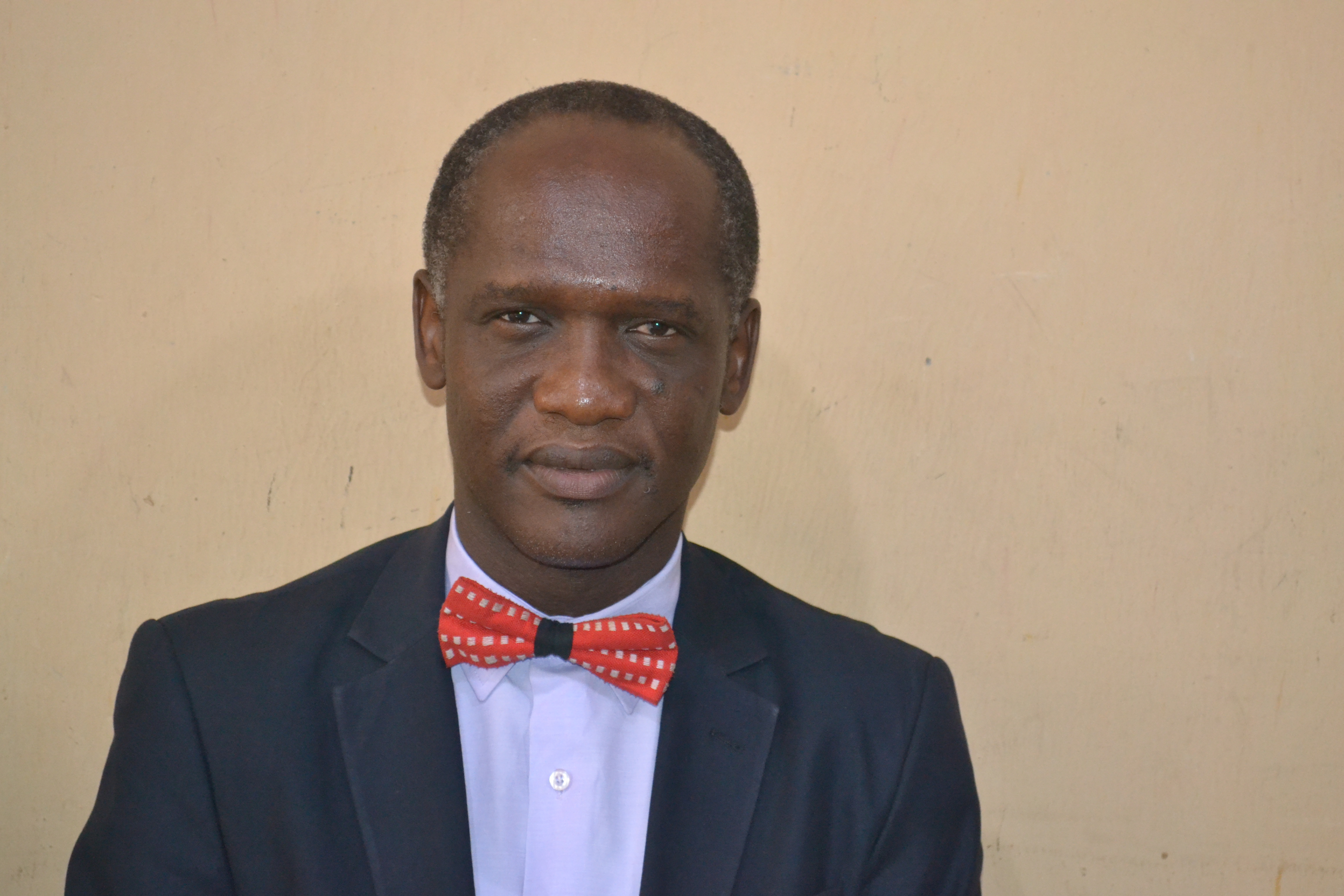
Telemedicine for epilepsy care is more popular than ever. It has many advantages—but can it sustain itself into the future?

It’s been said that after two failed anti-seizure medications, chances for seizure freedom drop to less than 5%. This error arose nearly two decades ago and needs to be corrected, says a letter in the journal Epilepsia – chances are actually much higher.

More than 50 million people have epilepsy; about 80% live in lower- or middle-income countries, where diagnosis and treatment can be difficult or impossible. The percentage of people with epilepsy that is not receiving treatment is known as the treatment gap; in some countries, this gap exceeds 90%.

How was epilepsy research forced to morph during the first few months of the COVID-19 pandemic? Researchers from 11 countries shared their experiences and thoughts on the future of laboratory research, clinical trials, and in-person conferences.

Journal Prize winner Zhong Ying integrated genetics, clinical presentation, EEG, MRI, and histopathological diagnosis in a group of people with drug-resistant epilepsy. All had a specific type of brain lesion that can be difficult to identify.

Journal Prize winner Ana Coito is developing methods to extract information from EEG readings about brain connectivity and information exchange. Her award-winning research focused on applying these methods to low-density EEG readings, which would make them accessible to more regions of the world.
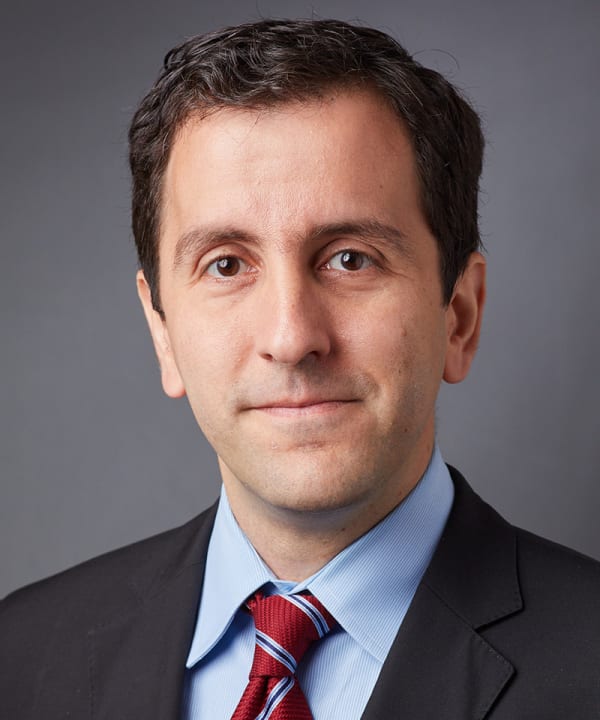
Journal prize winner Benjamin Tolchin tested motivational interviewing to help people with psychogenic non-epileptic seizures (PNES) start and continue psychotherapy. Often mistaken for epilepsy, these seizures cause serious problems, yet many health care professionals discount them as “not real.”

Lyndsey Anderson traveled halfway around the world to do epilepsy research in Sydney, Australia. Recently, she was awarded ILAE’s 2020 Epilepsia Prize for Basic Science Research.

When seizures last longer than about 5 minutes–a condition called status epilepticus–emergency treatment is required. About two-thirds of people respond to initial treatment with benzodiazepines, but the others need a second drug. Which drug to choose is a matter of some debate.

Seizure control is the primary driver of epilepsy treatment. For many people with epilepsy, however, the seizures themselves are secondary to what comes after: fatigue, memory loss and other issues that dramatically affect their lives.

About 70% of people with epilepsy report post-seizure (post-ictal) complications, ranging from fatigue to memory issues to headache. Post-ictal psychosis while rare, is perhaps the most dramatic of these. As many as 7% of people with temporal lobe epilepsy develop PIP, which can cause suicidal behavior or interpersonal violence. The condition requires immediate attention and treatment.
What if there was a tool to help with faster, more accurate diagnosis of both psychogenic seizures and epilepsy? And what if this tool was simpler and less expensive than video EEG, and available almost everywhere?

In retrospect, Pakistan’s effort to reduce the treatment gap can appear painstakingly planned, like the blueprints for a shopping complex or a neighborhood. But the secret of the country’s success is not rooted in elaborate planning. Nor did it rely on generous funding or government support.

At Epilepsy Awareness Day at Disneyland, thousands of families and physicians mix epilepsy education, information, and advocacy with enjoying a day at “the happiest place on earth.”
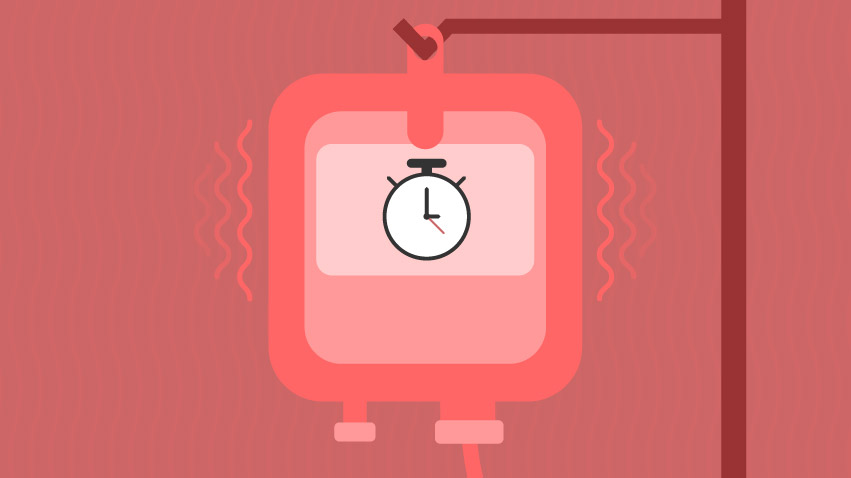
A new clinical trial in the emergency department finds no difference in efficacy or adverse effects of three commonly used treatments for patients with refractory status epilepticus.
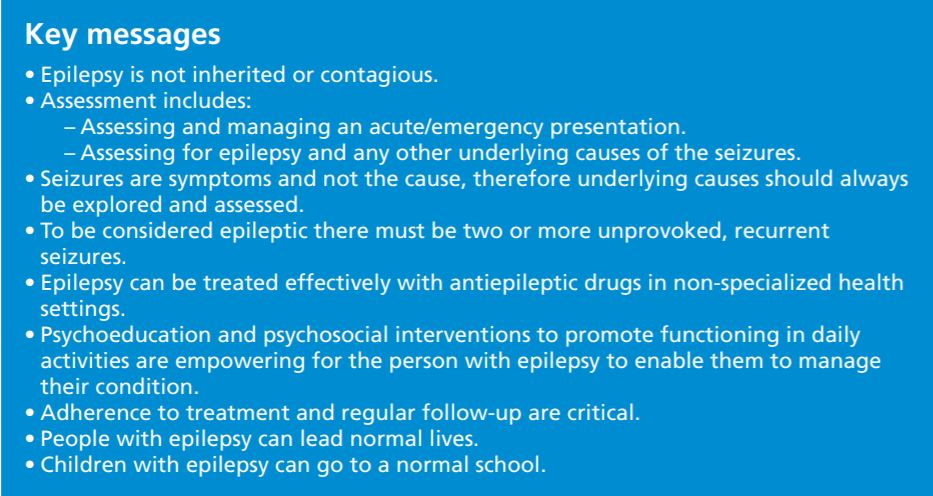
In Mozambique, most people with epilepsy don’t seek treatment. So the country took on an intimidating challenge: Diagnose and treat more people by increasing awareness, reducing stigma, improving medication access, and partnering with traditional healers.

When an adult child is diagnosed with epilepsy, their parents face a wide array of social, emotional and financial issues, often with very little support. Striking a balance between caring for their child and allowing independence can be difficult and frustrating.
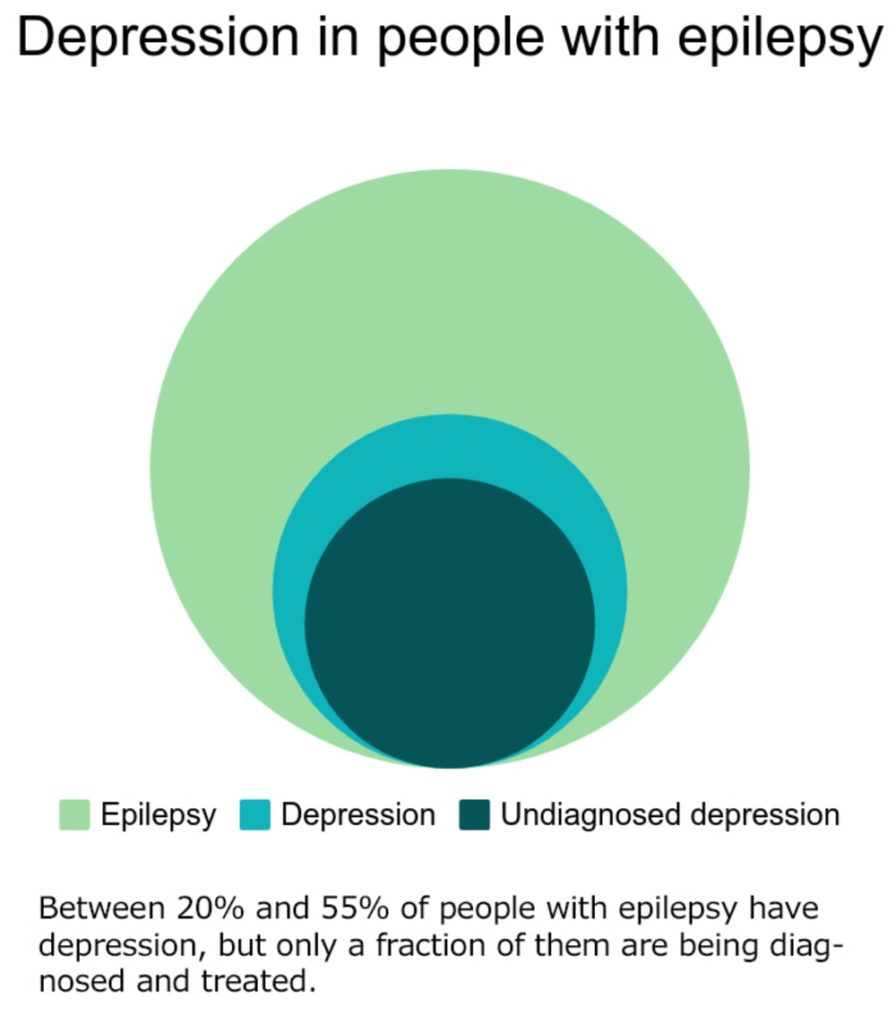
Any neurologist who sees patients with epilepsy also sees patients with undiagnosed depression. A simple screening tool can improve outcomes and save lives.
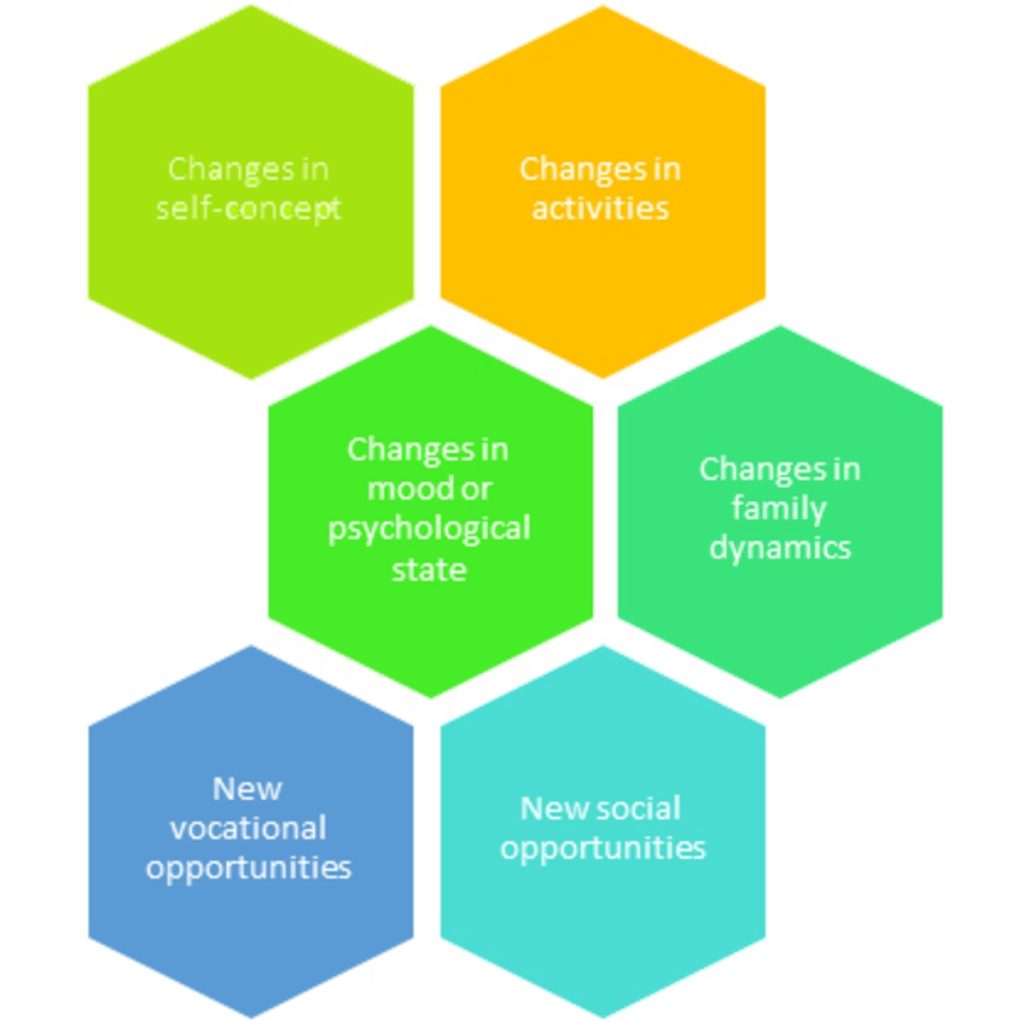
It might seem that there’s no downside to successful epilepsy surgery. Who wouldn’t want to be free of seizures that limit their life? But there are challenges to seizure freedom after years of living with epilepsy. The “burden of normality” can disrupt a person’s life and their relationships.

Worldwide, more than 50 million people are living with epilepsy. As many as 37 million are not receiving treatment, though it can cost as little as US$5 a year and eliminates seizures about two-thirds of the time. These findings and many others are published in “Epilepsy: A public health imperative”, a report produced by ILAE, the World Health Organization and the International Bureau for Epilepsy.

Worldwide, more than 50 million people are living with epilepsy. As many as 37 million are not receiving treatment, though it can cost as little as US$5 a year and eliminates seizures about two-thirds of the time. These findings and many others are published in “Epilepsy: A public health imperative”, a report produced by ILAE, the World Health Organization and the International Bureau for Epilepsy.